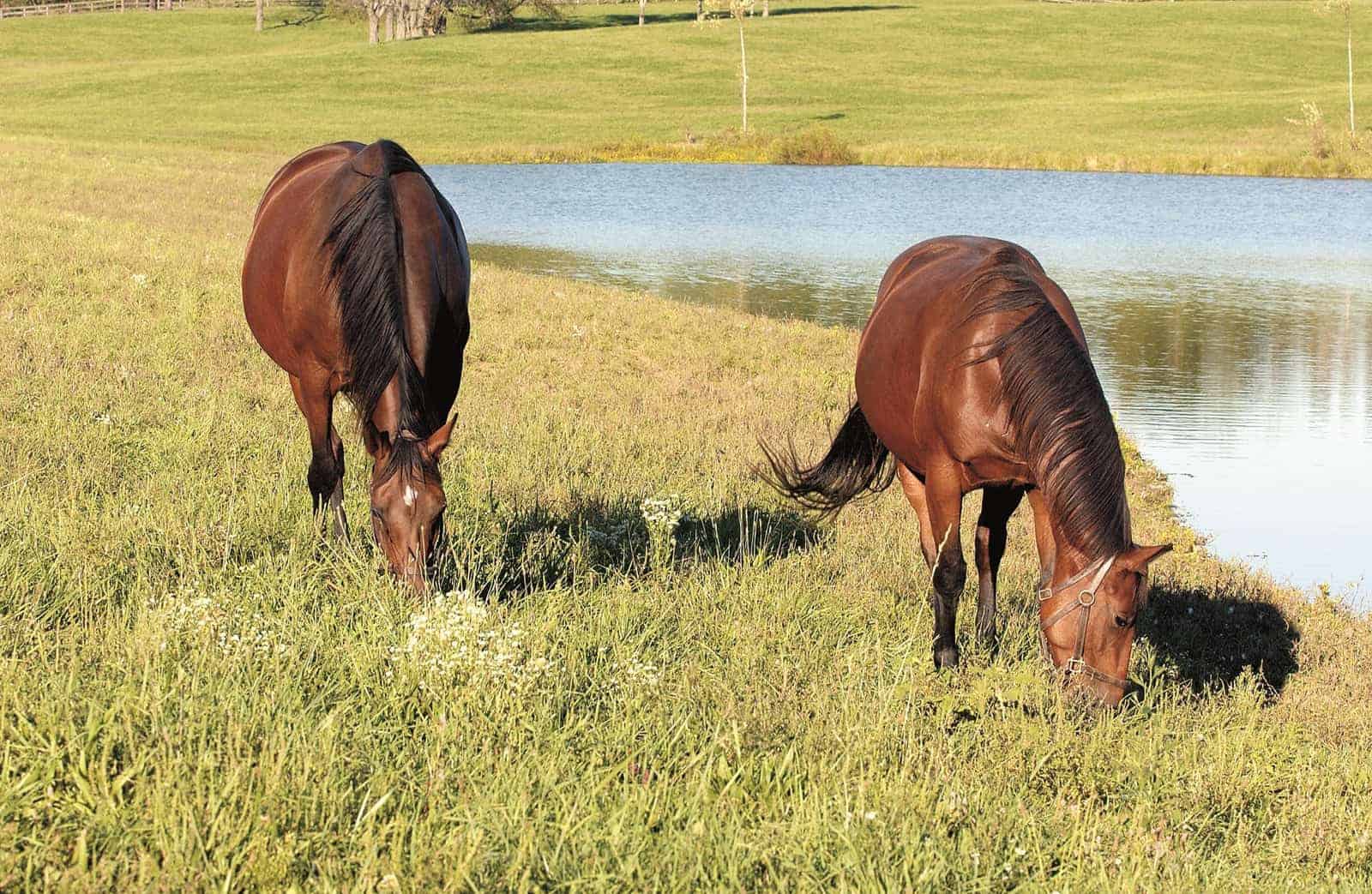Mineral of the Month: Selenium

One of the first prominent discoveries made about selenium was its ability to prevent necrotic liver disease in rats. Years later, researchers found that selenium is an essential component of the antioxidant enzyme glutathione peroxidase. Then, they determined that selenium is specifically incorporated into proteins to form selenoproteins.
This knowledge led to the discovery of at least 25 different selenoproteins in the body. More than half of those are believed to play a role in the antioxidant mechanism. Researchers believe that, through this antioxidant mechanism role, selenium affects some body systems it has been associated with, such as the immune system and immune responses. Not all selenoproteins involved in the antioxidant mechanism play roles in other systems, however. Regardless of the number of functions selenium fulfills, it is only required in small amounts and has a relatively narrow safety margin.
The selenium content of forages and grains commonly fed to horses depends on soil selenium content and soil pH. Therefore, it varies geographically. Central Kentucky pastures, and hay grown locally, tend to be low to marginal in selenium. Selenium can be supplemented in an inorganic (e.g. sodium selenite) or organic (e.g. selenium yeast) form. Commercial horse feeds are typically formulated using either one of these sources of selenium (usually indicated on the feed label), keeping in mind that a portion of selenium will be contributed by the forage component of the horse’s diet. Therefore, it is important to follow the manufacturer’s recommended feeding rates for the product you’ve selected for your horse
Create a free account with TheHorse.com to view this content.
TheHorse.com is home to thousands of free articles about horse health care. In order to access some of our exclusive free content, you must be signed into TheHorse.com.
Start your free account today!
Already have an account?
and continue reading.
Written by:
University of Kentucky College of Agriculture, Food and Environment
Related Articles
Stay on top of the most recent Horse Health news with












